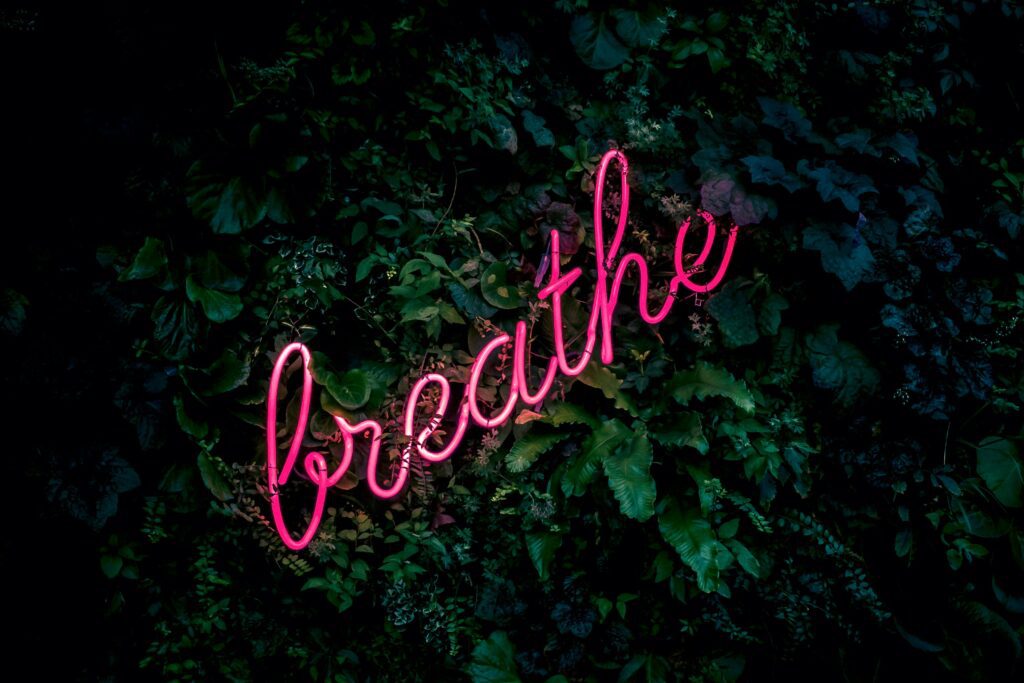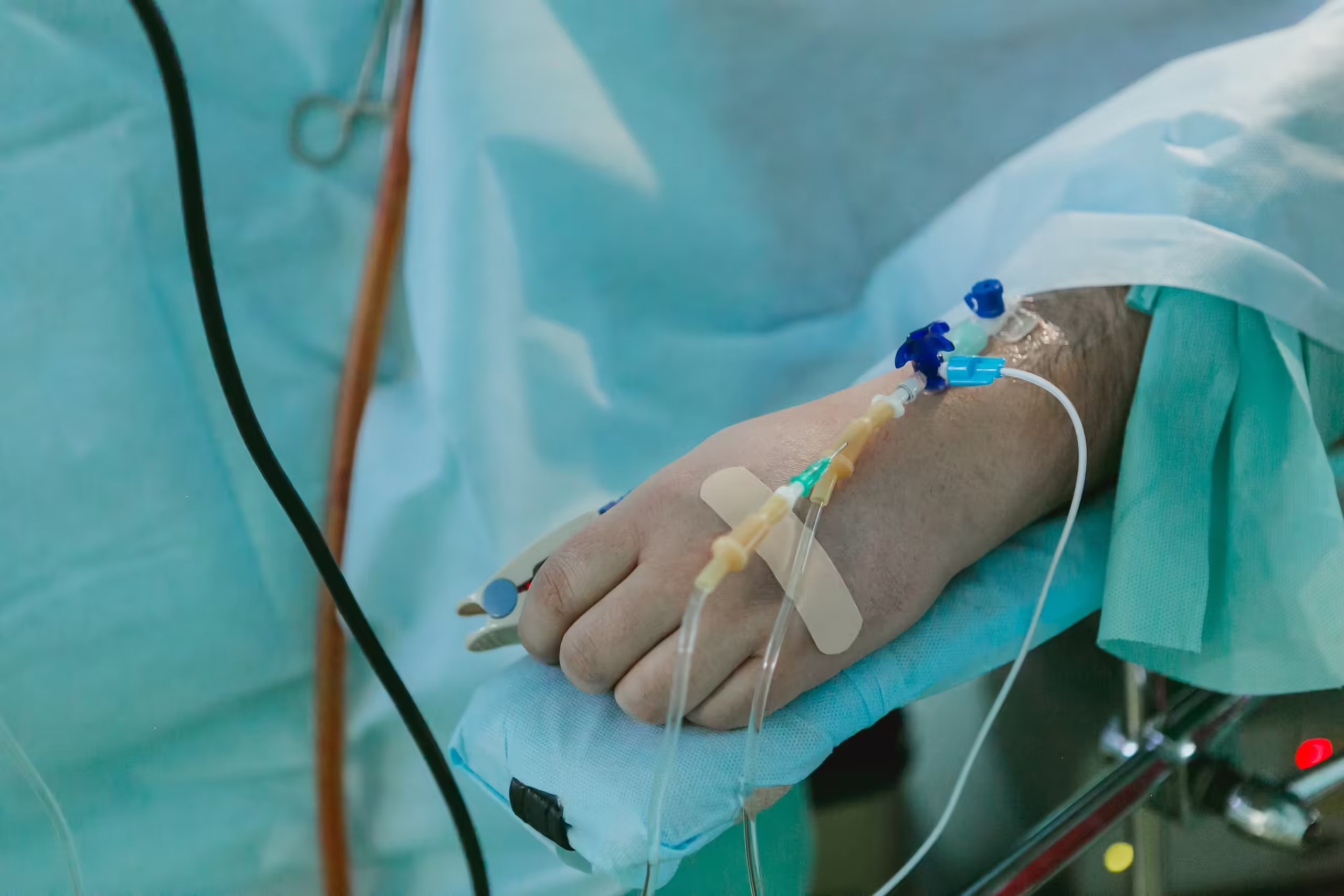Key Takeaways
- Ketamine therapy can be an effective treatment for certain mental health conditions like depression and anxiety, but it’s important to manage its immediate effects.
- Physical effects like dizziness, nausea, and sedation are common and can be addressed with simple strategies.
- Psychological effects such as dissociation and altered sensory perceptions require a safe and supportive environment.
- Having a plan in place for post-therapy care is crucial for safety and comfort.
- HealingUS Communities can offer support and guidance in managing the effects of ketamine therapy as part of a broader recovery plan.
What to Expect During a Ketamine Session
Ketamine therapy has been found to offer rapid relief for conditions like depression and PTSD. With this therapy, you’re in a controlled environment, often a clinic or a hospital, under the watchful eye of medical professionals. The session itself usually lasts for about 40 to 60 minutes, but the effects can linger a bit longer, so you won’t be going anywhere immediately afterward.
- Before the session, you’ll discuss your medical history and what to expect with your healthcare provider.
- During the session, you’ll receive ketamine through an IV, and you might start to feel its effects within minutes.
- After the session, take time to rest and process the experience. You won’t be able to drive, so plan accordingly.
As the ketamine enters your system, it gets to work quickly. You may feel like you’re in a dream, where things seem a bit off or distant. That’s normal. Some people describe a floating sensation or a disconnect from their usual worries. These are signs that the ketamine is active, and they’re typically short-lived.
Immediate Physical Effects of Ketamine
The most common physical effects that you might feel in your body during and right after a ketamine session include:
- Dizziness or lightheadedness
- Nausea or an upset stomach
- A sense of sedation or feeling “heavy”
- Changes in motor functions – movement feels different
Dealing with Disorientation and Dizziness
Feeling unsteady or dizzy can be unsettling. If this happens to you, remember it’s a typical response. Sit or lie down until it passes. Close your eyes and take slow, deep breaths.
It’s your body’s way of saying, “Hey, something’s different here,” and it will adjust in time.
Strategies to Alleviate Nausea
Nausea is another side effect that can come with ketamine therapy. But don’t worry, there are ways to soothe your stomach. Eating a light meal a few hours before your session can help. If nausea hits, sipping on ginger tea or nibbling on some crackers can settle things down. Your clinic might also provide anti-nausea medication if needed.
This is all normal, your body is reacting to the ketamine, and these sensations are temporary.
Managing Sedation and Motor Function Impairments
You might feel sleepy or as if your limbs are a bit heavy. This is when it’s crucial to have someone with you, a friend or family member, to help you out if needed. And those motor function changes? They can make coordination tricky, so it’s best to avoid any activities that require precision or balance for a while.
These immediate effects of ketamine therapy are signs that the ketamine is doing its work, disrupting the patterns that may contribute to your mental health condition.
Mitigating Fears and Anxiety
Feeling anxious or scared about the unfamiliar sensations of ketamine therapy is completely normal. To mitigate these feelings, it’s important to create a sense of safety and calm before the session begins. Talk to your therapist or doctor about what to expect, and don’t hesitate to ask questions. Knowledge is power, and understanding the process can help ease your mind.

Most importantly, remind yourself of the reason you’re there. You’re on a path to healing, and while the journey may have its bumps, each step takes you closer to your destination of improved mental health.
Interpreting Altered Sensory Perceptions
Altered sensory perceptions are a hallmark of ketamine’s immediate effects. You might notice that colors seem brighter, sounds more vivid, or that time seems to stretch. While these experiences can be intriguing, they can also be disorienting. It’s key to remember that these are temporary and are part of how ketamine works on your brain.
If you find the sensory changes unsettling, ground yourself by focusing on tactile sensations, like the feeling of the chair beneath you or the fabric of your clothes. Remind yourself of where you are and why you’re there. This can help you stay centered during the more intense moments of your therapy session.
Emotional Reactions Post-Therapy
After the ketamine infusion, you might find yourself riding a wave of emotions. Some people feel an immediate uplift in their mood, a lightness that wasn’t there before. Others might feel a bit melancholy or introspective. This is all part of the therapeutic process, as ketamine can bring up emotions that need to be processed.
Give yourself the space and permission to feel whatever comes up. Talk about your feelings with your therapist or a trusted person in your support network. Writing in a journal can also be a helpful way to process these post-therapy emotions.
Processing Elevated Mood and Euphoria
Feeling unusually happy or euphoric after a ketamine session is common. This elevated mood can be a pleasant experience, but it’s important to stay grounded.
Engage in activities that keep you connected to your surroundings and your loved ones. This helps ensure that your mood elevation is integrated into your life in a healthy way.
Addressing Potential Feelings of Sadness or Anxiousness
If you find yourself feeling sad or anxious after ketamine therapy, don’t panic. These feelings can be a natural part of the healing process.
It’s important to have a plan in place for how to cope. This might include relaxation techniques, such as deep breathing or meditation, as well as talking to someone who understands what you’re going through.
Support and Safety Post-Ketamine Infusion
After the ketamine infusion, your body and mind need time to adjust back to normal. So you should have someone you trust with you, not only for emotional support but also to ensure your safety. This person can help you make sense of your experience and offer reassurance if you’re feeling uncertain.
Creating a Soothing Environment
Once you’re back home, create a soothing environment to help you transition smoothly. This might include dimming the lights, playing soft music, or wrapping yourself in a comfortable blanket. The goal is to make your space as calming as possible, so you can continue to process your experience in peace.

Ensuring a Safe Journey Home
After your session, you won’t be in a position to drive yourself home. Make sure you’ve arranged for transportation in advance. This is not only for your safety but also for the safety of others on the road. The lingering effects of ketamine can impair your reaction times and judgment, so having a trusted friend or family member take you home is crucial.
When to Seek Help: Post-Infusion Support
While most side effects of ketamine are short-lived, it’s important to know when to seek help. If you experience severe disorientation, persistent nausea, or any other symptoms that concern you, don’t hesitate to reach out to your healthcare provider. They can offer guidance and, if necessary, medical intervention.
Building a support system is also key. Whether it’s friends, family, or a support group, having people to talk to can make all the difference. And remember, organizations like HealingUS Communities are here to guide you through every step of your recovery journey.
Long-Term Management and Care
Managing the effects of ketamine therapy doesn’t end when you leave the clinic. It’s an ongoing process that involves monitoring how you feel over time and staying in communication with your healthcare providers. They can help you adjust your treatment plan as needed, based on your response to the therapy.
You should also develop a personalized post-therapy plan. This might include regular check-ins with your therapist, engaging in self-care activities, and attending support group meetings. The key is to maintain a routine that supports your overall well-being and helps you build on the progress you’ve made in therapy.
Monitoring Changes Over Time
After you’ve started ketamine therapy, you need to keep an eye on how things are growing and changing. This means noticing how your mood varies from day to day and any new thoughts or feelings that pop up. Keep a journal or use an app to track these changes.
Communicating with Healthcare Providers
Share your progress, any side effects, and your feelings about the therapy with your healthcare provider. They’re there to help you, adjust your treatment if necessary, and make sure you’re on the right path.
Your feedback is valuable. It helps your healthcare team understand your unique response to the therapy and tailor your care to fit your needs.
Developing a Personalized Post-Therapy Plan
Your post-therapy plan should include activities that help you relax, like yoga or walks in nature. Maybe it’s setting aside time each day for reflection or meditation. It could also involve regular meet-ups with a support group.
Whatever it is, make sure it’s a plan that feels good to you and supports your healing.
HealingUS Communities for Effective Ketamine Therapy
Remember, you’re not alone on this journey. There are resources and communities ready to support you every step of the way. HealingUS Communities, for instance, offers peer support and practical steps for lasting recovery, helping you to integrate your ketamine therapy experience into a broader, holistic approach to mental health.
Contact HealingUS Communities to learn how we can help you or your loved one start the journey to recovery.
Frequently Asked Questions (FAQ)
How long do the immediate effects of ketamine therapy last?
Usually, the immediate effects of ketamine, like feeling floaty or a bit out of it, last for about an hour after the session. But everyone’s different, so it could be shorter or longer for you. It’s a good idea to take it easy for the rest of the day.
Can I drive myself home after receiving ketamine therapy?
No, driving is a no-go after ketamine therapy. Your reaction time and judgment might be off, and we want you and everyone else on the road to be safe. Plan for a friend or family member to give you a lift, or use a ride service.
Are there activities I should avoid after ketamine therapy?
After your session, avoid things that need a lot of focus or balance, like using heavy machinery or going for a run. It’s also best to skip alcohol or other substances, as they can mess with how the ketamine works in your body. Instead, do things that are calming and grounding. Maybe listen to some chill music, do a puzzle, or read a book.
What should I do if I experience severe side effects?
If things feel really off after a ketamine session, like you’re super dizzy, can’t stop throwing up, or feel really scared, get in touch with your healthcare provider right away. They’ll know what to do to help you feel better.
How often will I need to have ketamine therapy sessions?
How often you go for ketamine therapy depends on what you and your healthcare provider decide is best for you. Some people start with a few sessions close together and then spread them out over time.



